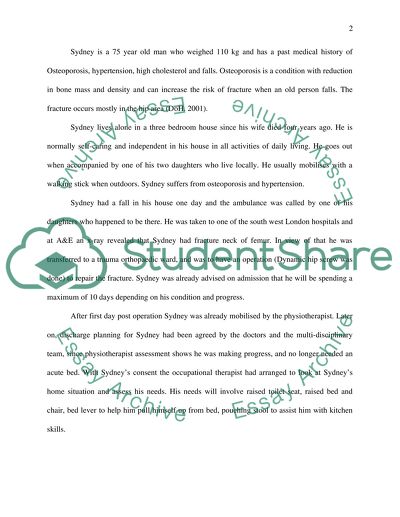Cite this document
(“Rehabilitation and Intermediate Care Assignment”, n.d.)
Rehabilitation and Intermediate Care Assignment. Retrieved from https://studentshare.org/health-sciences-medicine/1531478-rehabilitation-and-intermediate-care
Rehabilitation and Intermediate Care Assignment. Retrieved from https://studentshare.org/health-sciences-medicine/1531478-rehabilitation-and-intermediate-care
(Rehabilitation and Intermediate Care Assignment)
Rehabilitation and Intermediate Care Assignment. https://studentshare.org/health-sciences-medicine/1531478-rehabilitation-and-intermediate-care.
Rehabilitation and Intermediate Care Assignment. https://studentshare.org/health-sciences-medicine/1531478-rehabilitation-and-intermediate-care.
“Rehabilitation and Intermediate Care Assignment”, n.d. https://studentshare.org/health-sciences-medicine/1531478-rehabilitation-and-intermediate-care.


